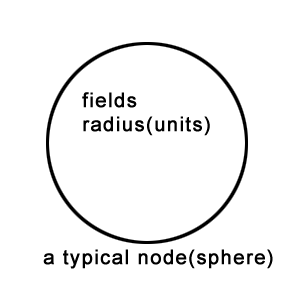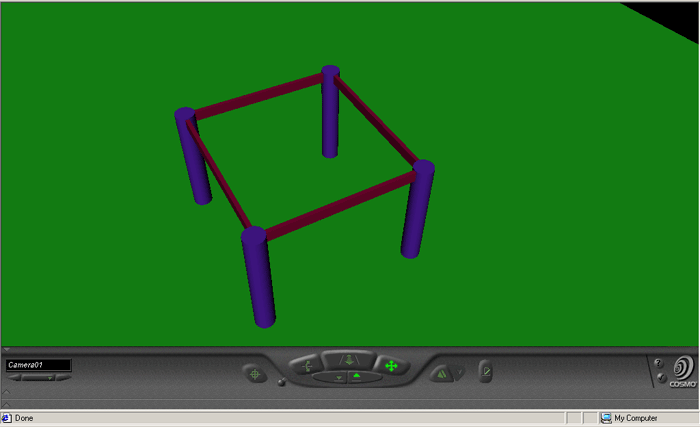
VRML is an acronym for "Virtual Reality Modeling Language". It is the International Standard (ISO/IEC 14772) file format for describing interactive 3D multimedia on the Internet. The first release of the VRML 1.0 specification was created by Silicon Graphics, Inc. and based on the Open Inventor file format. The second release of VRML added significantly more interactive capabilities. It was primarily designed by the Silicon Graphics VRML team with contributions from Sony Research, Mitra, and many others.
VRML is an open extensible industry-standard scene description
language for 3D scenes, or worlds, on the Internet. The Virtual Reality
Modeling Language (VRML) is a language for describing multi-participant
interactive simulations -- virtual worlds networked via the global Internet
and hyper-linked with the World Wide Web. All aspects of virtual world
display, interaction and internetworking can be specified using VRML. It
is the intention of its designers that VRML become the standard language
for interactive simulation within the World Wide Web.
The first version of VRML allows for the creation of virtual worlds with limited interactive behavior. These worlds can contain objects which have hyper-links to other worlds, HTML documents or other valid MIME types. When the user selects an object with a hyper-link, the appropriate MIME viewer is launched. When the user selects a link to a VRML document from within a correctly configured WWW browser, a VRML viewer is launched. Thus VRML viewers are the perfect companion applications to standard WWW browsers for navigating and visualizing the Web.
VRML 1.0 basically contains objects called 'Nodes' and these nodes are represented in a Heirarchical order which is known as ' Scene Graph'

Scene Graph takes care of how the primitives are represented graphically.
A typical VRML 1.0 code would look like the following
Here is the sample1.wrl
